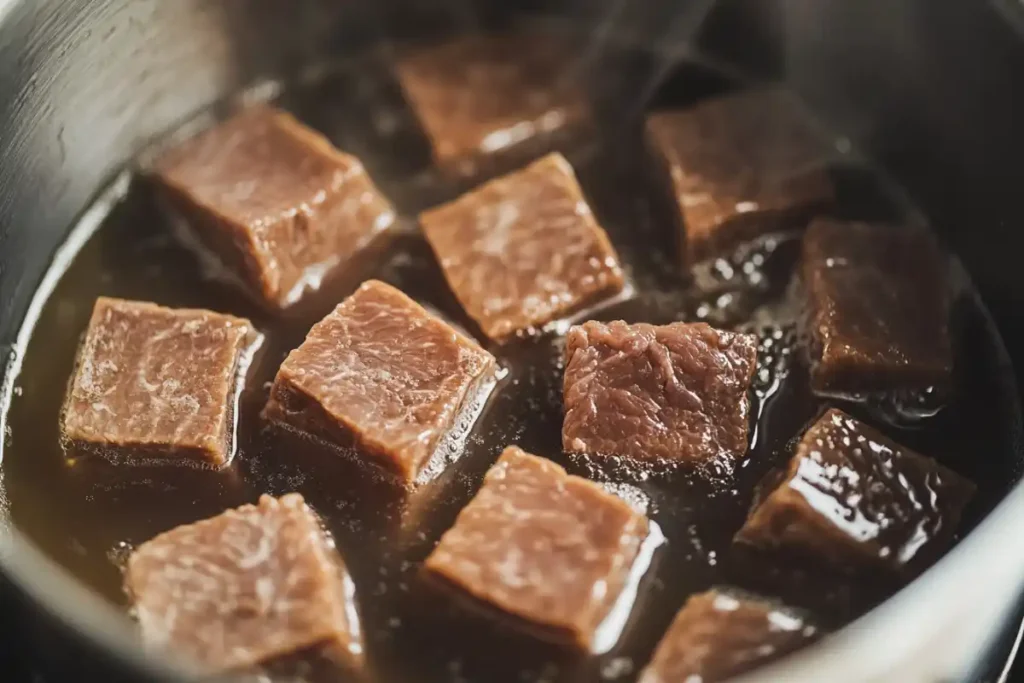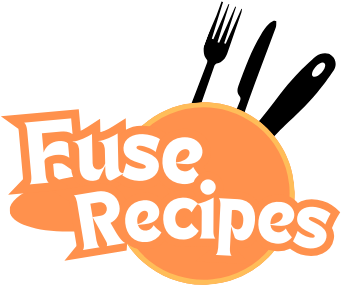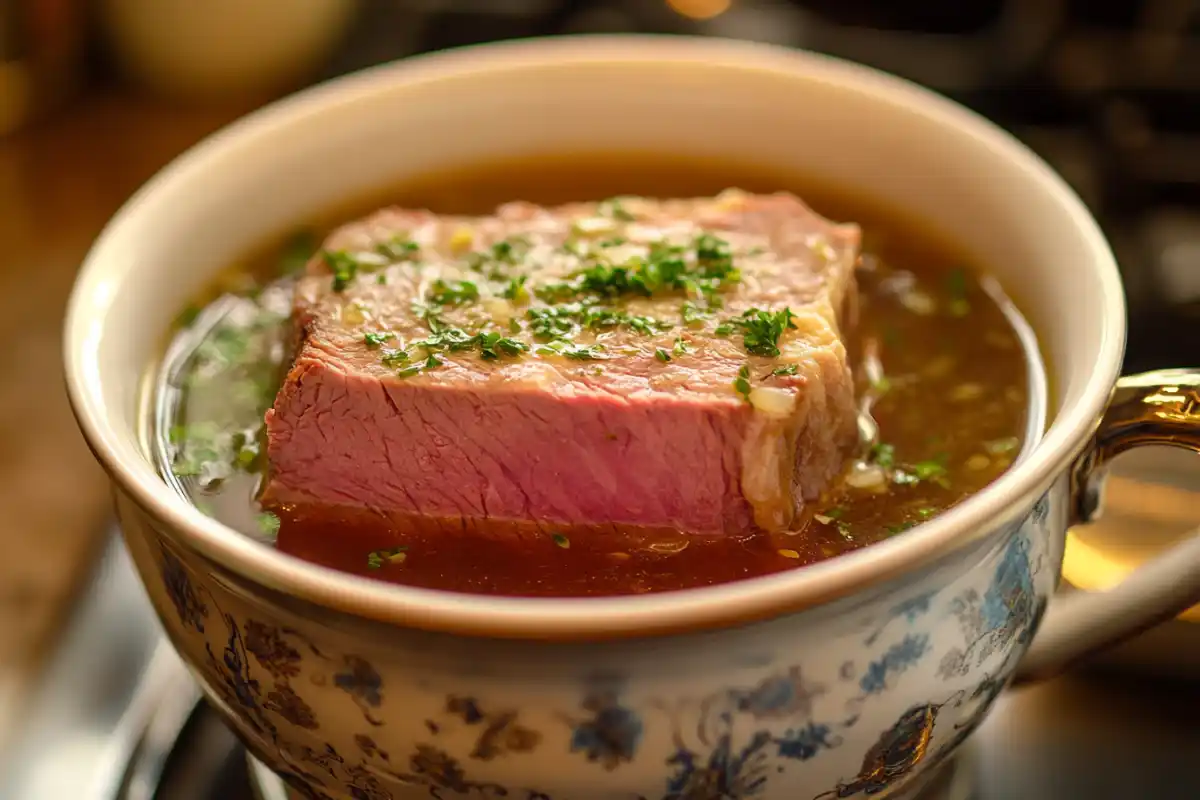Introduction to Beef Bouillon
Beef bouillon is a kitchen staple, widely used for its rich flavor and convenience. Essentially, it is a concentrated broth that provides a burst of beef flavor to soups, sauces, and other dishes. This versatile ingredient has been a beloved part of cooking for centuries, dating back to early French culinary traditions.

Traditionally, beef bouillon was created by simmering beef bones, herbs, and vegetables to create a deeply flavorful stock. In modern kitchens, it is now commonly available in a variety of forms, such as cubes, powders, and even ready-to-use liquids. Its popularity stems from its ability to quickly enhance the flavor of a dish without hours of preparation.
Types
In the subsequent chapter, we will explore the different types of beef bouillon available. From traditional cubes to modern liquid forms, each variety has its own unique qualities that make it suitable for various cooking needs.
Traditional Beef Bouillon Cubes
Beef bouillon cubes are probably the most well-known form. These small, compact blocks are made by dehydrating beef stock and adding seasonings, which makes them highly concentrated and full of flavor. They’re easy to store and use, requiring just a quick dissolve in hot water. Consequently, they’re a go-to choice for busy cooks.
Granulated Beef Bouillon
Another popular form of beef bouillon is the granulated version. These are like tiny granules of dried bouillon, which dissolve quickly in hot water. Comparatively, granulated bouillon is easier to measure in recipes, allowing for greater flexibility in flavoring dishes.
Liquid Beef Bouillon
Lastly, liquid beef bouillon is pre-made and ready to use straight from the container. It offers the closest flavor to homemade broth, without the need for any preparation. Although it’s convenient, it does have a shorter shelf life compared to cubes or granules.
Differences Between the Types
While the different forms of bouillon serve the same basic purpose, their usability varies. For instance, bouillon cubes are convenient for long-term storage, whereas liquid bouillon delivers a richer flavor but needs refrigeration after opening. Choosing the right type often depends on the recipe or your specific cooking needs.
Health Benefits and Nutritional Information
In the next installment, let’s take a look at the health benefits and nutritional value of beef bouillon. While some may view bouillon as a high-sodium ingredient, there are undeniable benefits it brings to the table, especially when consumed in moderation.
Nutritional Value of Beef Bouillon
A standard serving of beef bouillon generally contains modest amounts of protein, trace minerals, and a notable sodium content. The sodium helps in maintaining electrolyte balance, albeit in small doses. It’s worth noting that low-sodium varieties are available for those who need to monitor their intake.
Health Benefits of Including Beef Bouillon in Meals
Bouillon can be an easy way to add depth and nutrients to your meal. When made from bones, it contains collagen, which may benefit joint and skin health. Moreover, it’s a great way to hydrate during cold weather since bouillon-based soups can keep you warm and provide hydration.
Common Myths and Facts about Beef Bouillon Nutrition
There are some misconceptions about bouillon. One common myth is that it’s highly unhealthy due to preservatives and additives. However, more natural and organic options have become available, which are made with fewer artificial ingredients. Thus, making an informed choice is key to reaping the benefits.
How to Use Beef Bouillon in Cooking
Moving forward to the next topic, one of the reasons beef bouillon has remained a pantry staple is due to its versatility. It can be used in countless recipes, providing a deep, savory flavor that elevates even the simplest of dishes.
Popular Recipes with Beef Bouillon
1. Beef Bouillon Soup:
One of the classic uses for beef bouillon is in soups. Simply dissolving a cube or a spoonful of bouillon in boiling water can create a rich base for a variety of soups, from beef and barley to hearty vegetable stews.
2. Gravy and Sauces:
Beef bouillon also works wonders in gravies and sauces. It helps thicken and flavor gravy, making it perfect for pairing with mashed potatoes or roasts. For instance, you can use beef bouillon to make a delicious red wine reduction sauce to accompany steak.
3. Enhancing Rice and Pasta Dishes:
Add bouillon to the water when cooking rice or pasta. It imparts a subtle beef flavor, making the grains more aromatic and savory. This works particularly well in pilaf or risotto, where flavor absorption is key.
Substituting Beef Bouillon for Stock or Broth
Beef bouillon can serve as an excellent substitute for broth or stock. Since bouillon is concentrated, it’s recommended to dissolve it in water to achieve a broth-like consistency. If a recipe calls for stock and you’re short on time, a bouillon cube can save the day, providing similar depth and flavor.
How to Make Beef Bouillon at Home
Advancing to the following area, making beef bouillon at home can be rewarding. It allows you to control the quality and quantity of ingredients, creating a more personalized version of this flavorful staple.
Ingredients Needed for Homemade Beef Bouillon
- Beef bones (preferably with some marrow)
- Onions, carrots, and celery
- Fresh herbs like thyme, bay leaves, and parsley
- Salt and pepper to taste
- Optional: garlic, tomatoes, or wine for additional flavor
Step-by-Step Guide to Preparing Beef Bouillon
1: Roast the beef bones in the oven at 400°F for 30 minutes. This will deepen the flavor of your bouillon.
2: Transfer the roasted bones to a large pot. Add the vegetables and herbs, then cover with water.
3: Simmer the mixture for 6-8 hours, occasionally skimming off any impurities that rise to the surface.
4: Strain the bouillon through a fine mesh sieve, discarding the solids.
5: Let it cool and store in airtight containers. It can be frozen for up to 3 months.
Storing Homemade Bouillon Properly
Homemade bouillon should be stored in the fridge for up to 5 days or frozen for longer preservation. Use ice cube trays to freeze smaller portions, making it easier to use as needed.
Store-Bought vs. Homemade Beef Bouillon
In the ensuing segment, we will compare store-bought and homemade beef bouillon. Both have their merits, depending on what you prioritize—convenience or quality.
Pros and Cons of Store-Bought Bouillon
Store-bought bouillon is undeniably convenient, shelf-stable, and ready to use at a moment’s notice. However, many brands contain preservatives, artificial flavors, and high levels of sodium. Nonetheless, some premium versions are made with natural ingredients, making them a better choice for health-conscious consumers.
Benefits of Homemade Bouillon
Homemade bouillon, on the other hand, offers superior flavor and quality control. You can adjust the ingredients, minimize sodium, and ensure no artificial additives are used. Although it requires time and effort, the resulting flavor is richer and more customizable.
Taste, Quality, and Convenience Considerations
If convenience is your top priority, then store-bought bouillon is the way to go. However, for those seeking the best flavor, homemade bouillon is unmatched. There is also the option of using a combination—store-bought bouillon for weekday cooking and homemade for special occasions.
Substitutes for Beef Bouillon
Shifting to the next part, if you’re looking for alternatives to beef bouillon, there are plenty of options that can still provide a great taste.
Common Alternatives: Chicken, Vegetable Bouillon, etc.
Chicken bouillon is a common substitute, especially if you want a lighter flavor. Vegetable bouillon is another alternative, perfect for those who want to keep the dish vegetarian. Both options bring their own unique flavors and can easily stand in for beef bouillon in most recipes.
Vegetarian and Vegan Substitutes for Beef Bouillon
For those following a plant-based diet, there are several vegan bouillon brands available. Alternatively, you can make a homemade vegetable bouillon using mushrooms, miso paste, or nutritional yeast to replicate the umami flavor found in beef.
How Substitutes Compare in Taste and Flavor Profiles
Vegetarian bouillons typically have less depth compared to beef, but ingredients like mushrooms or soy sauce can add a satisfying umami element. It’s important to consider the dish’s overall flavor when selecting a substitute, as different bouillons will bring distinct tastes.
Storage Tips for Beef Bouillon
In the next division, we will discuss how to store different forms of beef bouillon to ensure they stay fresh and maintain their quality.
Storing Beef Bouillon Cubes, Granules, and Liquid
Bouillon Cubes: Store in a cool, dry place, away from direct sunlight. They typically have a long shelf life, up to 1-2 years.
Granulated Bouillon: Keep in an airtight container, preferably in a pantry. Ensure that moisture doesn’t get in, as this can cause clumping.
Liquid Bouillon: Refrigerate after opening and use within a few weeks. Liquid bouillon is the most perishable, so keep an eye on expiration dates.
Shelf Life Considerations for Different Types of Bouillon
Bouillon cubes and granules generally have a longer shelf life compared to liquid forms. Always check the packaging for expiration dates, and remember that homemade bouillon, due to the lack of preservatives, will need to be used more quickly or frozen.
Tips for Freezing and Reheating Bouillon
When freezing bouillon, use ice cube trays to create portioned servings. Once frozen, transfer the cubes to an airtight freezer bag. This way, you can take out just what you need without thawing the entire batch. Reheat frozen bouillon by adding it directly to a hot pot or pan.
Cooking Techniques to Maximize Flavor with Bouillon
Moving forward to the next topic, maximizing the flavor of your dishes when using bouillon can truly elevate your culinary creations.
Techniques to Deepen the Flavor of Bouillon-Based Dishes
- Roasting Ingredients: Before adding bouillon to your dish, roast your vegetables or meat to intensify their natural flavors.
- Deglazing the Pan: After searing meat, use liquid bouillon to deglaze the pan and add layers of flavor to your dish.
- Layering Bouillon: When cooking stews or soups, consider adding small amounts of bouillon at different stages to build complexity in flavor.
How to Adjust Seasonings When Using Bouillon
Bouillon is typically salty, so it’s essential to adjust additional salt levels in your recipe. Always taste as you go, adding salt only if needed. You can also balance the saltiness by adding acid, like lemon juice or vinegar, to brighten the dish.
Pairing Bouillon with Different Cooking Methods
Bouillon can be used in a variety of cooking methods, from simmering soups to braising meats. For instance, when slow-cooking beef, adding bouillon can enhance the richness of the meat and deepen the overall flavor. Likewise, when using bouillon in pressure cooking, it quickly infuses flavor without the extended cooking times typical of traditional methods.
Beef Bouillon in Global Cuisine

Heading into the subsequent area, beef bouillon has influenced many cuisines around the world, adding rich, savory flavors to countless traditional dishes.
How Bouillon is Used in French Cooking
In French cuisine, bouillon is foundational. It’s used in pot-au-feu, a traditional French beef stew, and in many classic sauces like sauce demi-glace. The French also use bouillon for poaching vegetables, adding a subtle richness to otherwise simple ingredients.
Incorporating Bouillon in Asian Cuisine
In Asian cooking, beef bouillon is often used as a base for noodle soups and stir-fry dishes. For example, in Chinese cuisine, adding bouillon to hot pots or beef noodle soups creates a deep umami flavor that’s integral to the dish. Similarly, Japanese cuisine uses bouillon-style flavors in ramen, contributing to its comforting and hearty taste.
Bouillon in South American Recipes
In South America, bouillon is a common addition to stews, rice dishes, and bean recipes. It’s used to enhance feijoada, a traditional Brazilian black bean stew with beef or pork. By adding bouillon, the flavors meld together, making each bite more flavorful and satisfying.
Frequently Asked Questions
What Is the Difference Between Beef Bouillon, Broth, and Stock?
Beef bouillon is concentrated, often dehydrated, and used to flavor dishes. Broth is made by simmering meat and seasonings, while stock uses bones for a thicker consistency.
Can You Use Beef Bouillon in Vegetarian Dishes?
While it’s not suitable for strict vegetarians, beef bouillon can be used in dishes like vegetable stews if you’re only looking to add flavor. For a vegetarian option, choose a plant-based bouillon.
Is Beef Bouillon Safe During Pregnancy?
Beef bouillon is generally safe during pregnancy in moderation. However, its high sodium content should be noted, and low-sodium varieties may be preferable. Always consult a healthcare professional for personalized advice.
Conclusion
In conclusion, beef bouillon is an incredibly versatile and flavorful ingredient, well-loved in kitchens for its ability to elevate a variety of dishes. Whether you use it in soups, sauces, or to enhance the flavor of your main course, it’s hard to go wrong with this kitchen staple.
We encourage you to explore different forms of bouillon—whether store-bought or homemade—and experiment in your own cooking. With its rich history and unique qualities, beef bouillon deserves a place in your culinary repertoire.
More Delicious Recipes :
Spicy Chips: The Ultimate Guide to a Bold Crunch
Schmaltz Egg Cheese Corn: A Rich, Flavorful Combination

